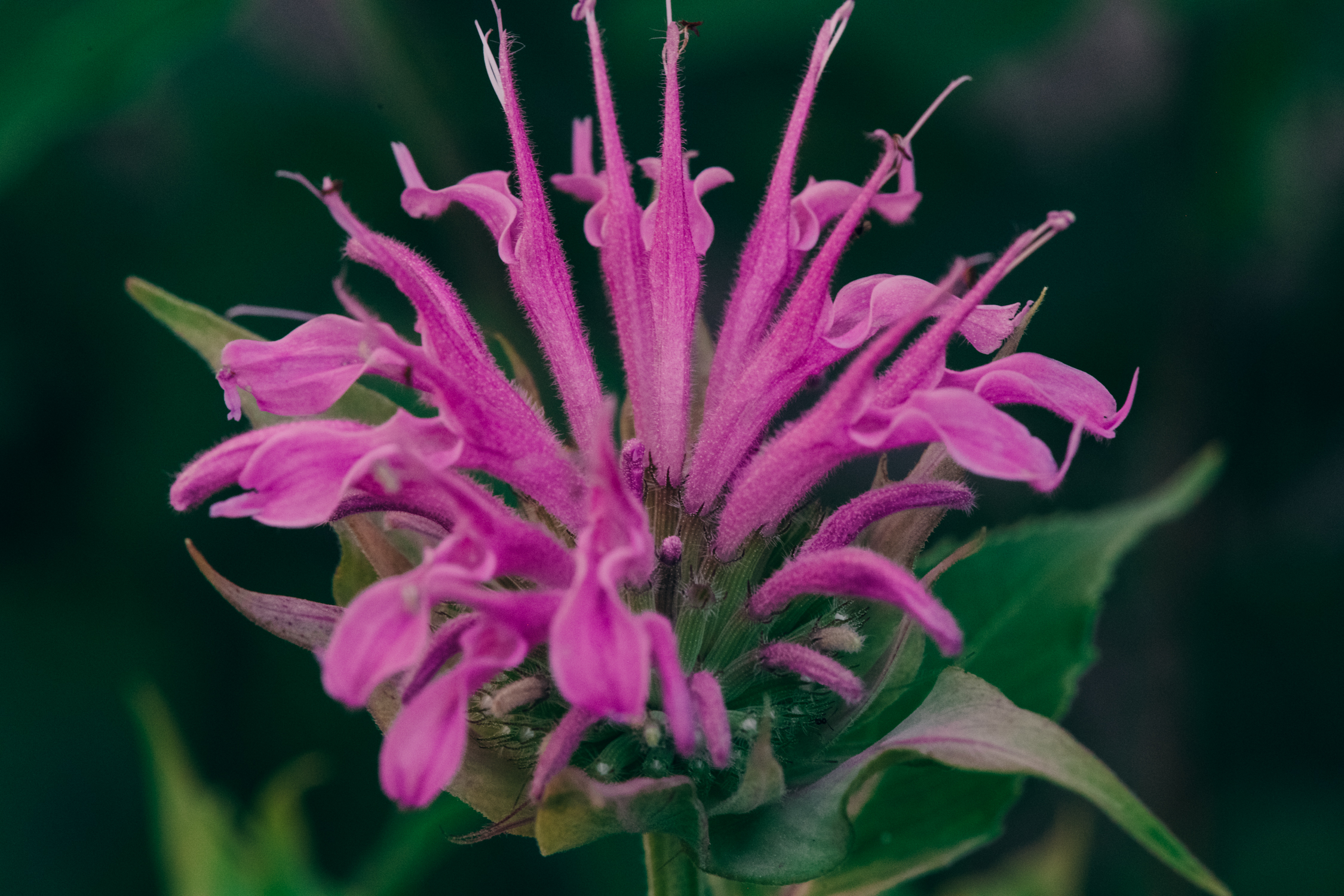Monarda Fistulosa {Bee Balm, Sweetleaf, Bergamont, Wild Oregano}
Introducing Monarda fistulosa, a beautiful, pungent, bee attracting multifaceted being. This plant is a potent one yet is considered a relaxant nervine working on the area of solar plexus and organs & nerves from this area. It is highly diffusive & diaphoretic thus it opens pores and draws out fire.
It is spicy, numbing, tingling with a carminative action. Monarda is in the mint family as it has square stem and opposite leaves. It is considered cooling as it draws out heat with its diaphoretic action this making it an excellent remedy for fevers.
Every time I see this beauty I like to take a little nibble of leaf or flower as we are what we eat and I appreciate merging my consciousness with this one!
Noted to support the following...
- muscle relaxant & calming
- Burns, fever
- works best for burns when mixed with saliva and prevents skin discoloration in burns
- Appendicitis
- Stimulant to stomach, wakes up underachieve tissue
- Acid reflux
- Hangover remedy - nausea & exhaustion
- Controls alcoholic cravings
- Whooping cough
- Rashes
- Breaks down scar tissue (internally as well)
- Alzheimer's (scar tissue in brain)
- Burning sensations in nerves
- Yeast, fungal issues & thrush diaper rash
- Burning UTI’s
- Candida
- Meniere’s disease/Virtigo - mental confusion, dizziness, ringing in ears, balance
- Inner ear disease
- Kidney remedy
- Tinitis - ringing in ears
- Debilitating fever with ringing in the ears
- Insomnia, exhaustion and overexcitement of nerves
- Kidney, bladder infections & imbalances
- Amenorrhea - menses suppressed from cold
It has been said that there are 102 uses for this plant by the Native Americans. Using it in sweat lodges, as a food, in ceremony, bug repellant, preserves food, burns, wounds, parasites, kidney, diaphoretic, sore eyes, heart trouble, expel afterbirth, pimple & skin eruptions, respiratory, mucous, styptic, colds, etc.
As it has been given the name Wild Oregano and is quite pungent... it is often used in creating pestos and added into other culinary delicacies. Definately worth a try.
You can find this bee loving perennial beauty in most prairie lands or in peoples yards. Grows about 2-4 ft tall and blooms in Minnesota from about June-August. The color seen in these photos are the native plants. There are cultivated Monardas that can have deeper red colors that I have seen. The native seems to be the strongest medicinally in my opinion.





